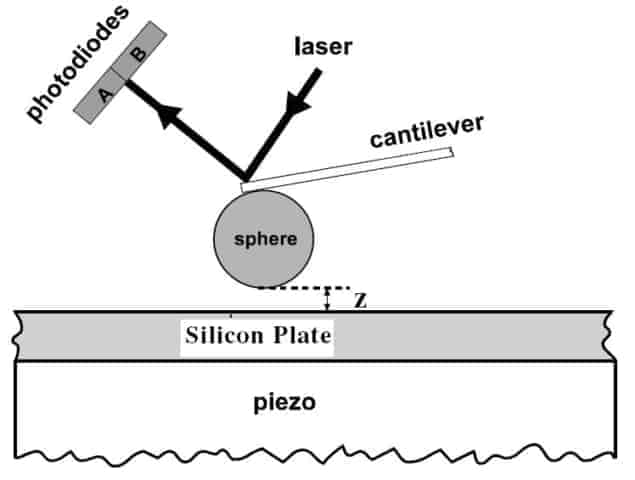Researchers in the US and Russia have demonstrated that the Casimir force between two conducting surfaces can be controlled by modifying the density of charge-carrying particles within the surfaces. The result could have positive implications for the design of novel microelectromechanical systems, or MEMS (Phys Rev Lett 97 170402).

The mysterious attraction between two neutral, conducting surfaces in a vacuum was first described in 1948 by Henrik Casimir and cannot be explained by classical physics. Instead it is a purely quantum effect involving the zero-point oscillations of the electromagnetic field surrounding the surfaces. These fluctuations exert a “radiation pressure” on the surfaces and the overall force is weaker in the gap between the surfaces than elsewhere, drawing the surfaces together.
The Casimir force can be both a help and a hindrance in the design of the micrometre-scale mechanical components used in MEMS. It can cause trouble by causing components to stick to one another, but it has also been exploited to control the movement of conducting plates in MEMS devices. As a result, the precise control of the Casimir force would be an important tool for MEMS designers.
Now Umar Mohideen of the University of California, Riverside and colleagues have made an important step towards Casimir control by demonstrating that materials with higher charge-carrier densities are subject to greater Casimir forces than those with lower densities. The researchers came to this conclusion by using a contact-mode atomic force microscope (AFM) with a gold-coated polystyrene sphere of diameter 0.6 µm attached to the microscope’s cantilever. The sphere was placed near to a silicon plate and the Casimir force between the two was measured. Two plates were studied – a control plate and a plate that was doped with impurities to boost its charge-carrier density by a factor of about 20 000. The Casimir forces differed by as much as 17 pN at 70 nm separation between ball and plate, which is about 7% of the total Casimir force on the ball and plates.



